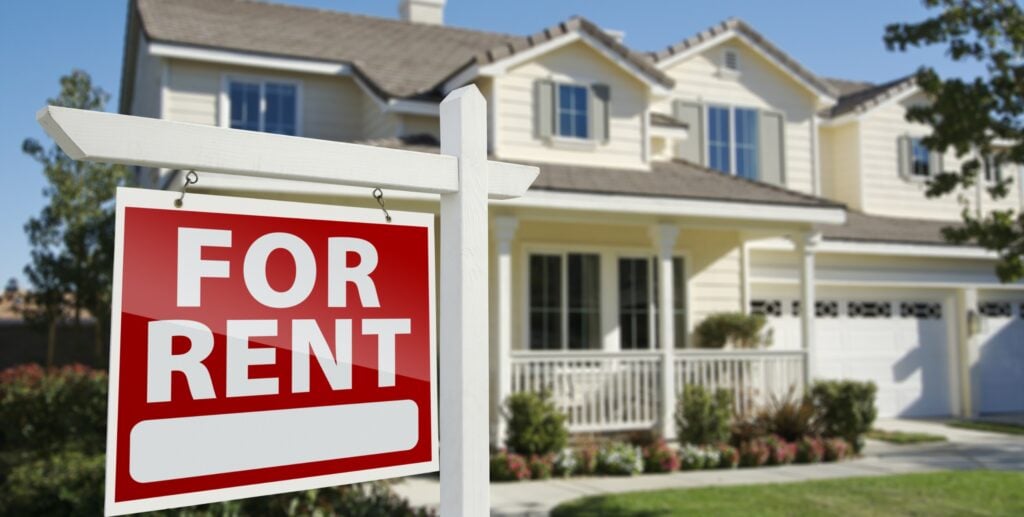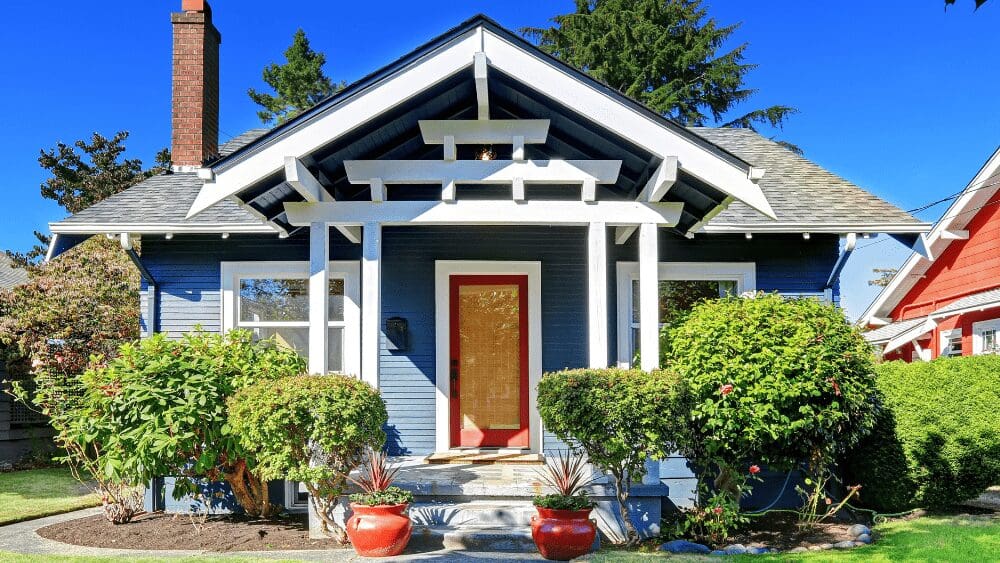Decision paralysis is real when building a new house. During a knock-down rebuild, home builders should make sure they discover several critical secrets often hidden in the existing home before the demo crew arrives.
Don't skip on the crucial first steps of your knock-down rebuild journey. Image: Getty
Embarking on a house build can be a daunting task. For the vast majority of people hoping to build a home, these decisions will be some of the biggest that they make, dictating the liveability in homes that they may spend decades in.
That’s why it’s not unusual for home builders to struggle with making choices.
Where should the driveway go? How much space should be devoted to outdoor entertaining? Is open-plan living more family-friendly or should some spaces be closed off?
For those who are starting their building project with an existing house that needs to be demolished, there are some important steps to take before removing the structure that have nothing to do with regulations or logistics.
Existing homes store critical insight about the block, and how to get the best out of your new home – or avoid previous mistakes. It just requires knowing where to look.
As Rob Kirkovski, principal designer at WA Country Builders explained, a pre-existing house on your lot is “like having a lived-in case study – what is working well can be enhanced, and what cannot be avoided”.
Below are nine elements from an existing home that can be used to inform your future
1. Orientation
Ignoring orientation is one of the biggest – and most common – mistakes according to Mr Kirkovski.
Placing living areas on the wrong side of the home could result in a number of consequences impacting the liveability of the home, such as “poor natural light, uncomfortable temperatures, and higher energy costs,” he said.
Alex Hill, sales manager at Bold Living, agreed that orientation is key, and an existing home can help home builders understand how to get the best out of the land.
“The home should be proportioned to suit the lot width, allowing side access but not wasting area, and ensuring consolidated outdoor recreational spaces," Mr Hill said.
2. Light
Related to orientation, so much of a home’s success relies on how sunlight enters and is used for both warmth and light. When designing a house, it’s important to ensure that natural light is maximised in the main areas where residents spend the most time, such as the living room.
Spending some time in the existing home will tell you if the natural light is being used well, according to Mr Hill.
“Walking through the existing house gives you a sense of how sunlight may reach the home and which spaces are naturally shaded,” he said.
An existing home can tell you about orientation, natural light, and the best views. Image: Getty
When it comes to older homes, James Vella, group sales manager for the Masterton Group, noted that the existing trapped sunlight may not be appropriate to replicate in modern houses that must adhere to updated building codes. In this case, an existing home might show you what not to do.
Mr Vella said that today’s home builders need to be aware of how to bring “natural light into your new home, which is increasingly important for the new BASIX requirements”.
3. Sight-lines to neighbours
While thinking about windows and natural light, it’s also important to notice the other elements that windows bring into the home. Namely, a glimpse into your living quarters or a direct view of the neighbours.
“The way the home interacts with neighbouring properties may uncover spacing or privacy concerns worth correcting in a rebuild,” said Mr Kirkovski.
“Builders sometimes overlook neighbour outlooks and privacy impacts or fail to consider how the streetscape is affected by the home's position.”
4. Good Views
But while there are some views you might want to eliminate from your home, it’s also important to discover the outlooks that are worth enhancing.
This can be important particularly from the second floor, our outdoor entertaining areas that might be able to be elevated by framing a particular focus point. In blocks that are not entirely flat, these are often best accessed from the high point.
5. Connecting spaces
An old home is invaluable in revealing either successful or flawed design decisions in layout, helping builders understand how well the internal and external spaces connect and whether positioning of the bedrooms and living spaces are optimal.
An existing home can also reveal how well the land supports certain types of layouts or home designs.
“For example, you might find that rooms positioned toward the rear of the block feel more connected to outdoor living, or that certain internal zones feel disconnected or underused,” explained Mr Kirkovski.
If you haven't lived in the existing house, it's essential to spend at least some time in it before the demo crews arrive. Image: Getty
6. Outdoor living and landscaping
Clever design will maximise the usable outdoor space of a block and provide seamless indoor-outdoor living. It also enhances the natural highlights of the land, whether a good outlook or preexisting flora.
Mr Hill suggested that home builders who want to ensure their new home fits the environment and neighbourhood should plan carefully around what's already in situ.
He suggests trying to “retain large trees and integrate them into the design and landscape, to give the new home an established feel”.
7. Driveway access
The placement of a driveway is an all-important feature of a home. A knock-down rebuild project provides the perfect moment to get this right.
“The current layout may hint at the best location for a garage, whether it works better at the front for easier access, at the rear via a laneway, or set back to improve the streetscape,” Mr Hill advised.
Drafting the new plans for your house offers an opportunity to improve on how the house makes use of its block. Image: Getty
8. Slope
If your block is not entirely flat (and many blocks aren’t), working with the topology of the land is key in designing your new build, and an existing house will reveal a lot about how to use uneven land.
There may also be existing cuts created for the current house, or areas of fill you want to utilise in a new build.
Whatever you decide, Mr Kirkovski stressed not to try to “force a flat design onto a block with natural levels”.
“A well-considered design should work with the site's contours, not against them,” he said.
9. Stormwater
Perhaps not one of the major elements that home builders consider when dreaming up their new house, planning around stormwater runoff patterns are absolutely integral to coming out of the building process with a liveable house.
While experts from your building team will be well placed to ensure that water runoff is adequately handled, Mr Hill advised that it’s important for homeowners to understand as well. When visiting the existing home, he advised knock-down rebuilders to "check how stormwater moves through the site in heavy rain, to help guide drainage and landscaping decisions”.
Are you interested in building? Check out our dedicated New Homes page.



















 English (US) ·
English (US) ·